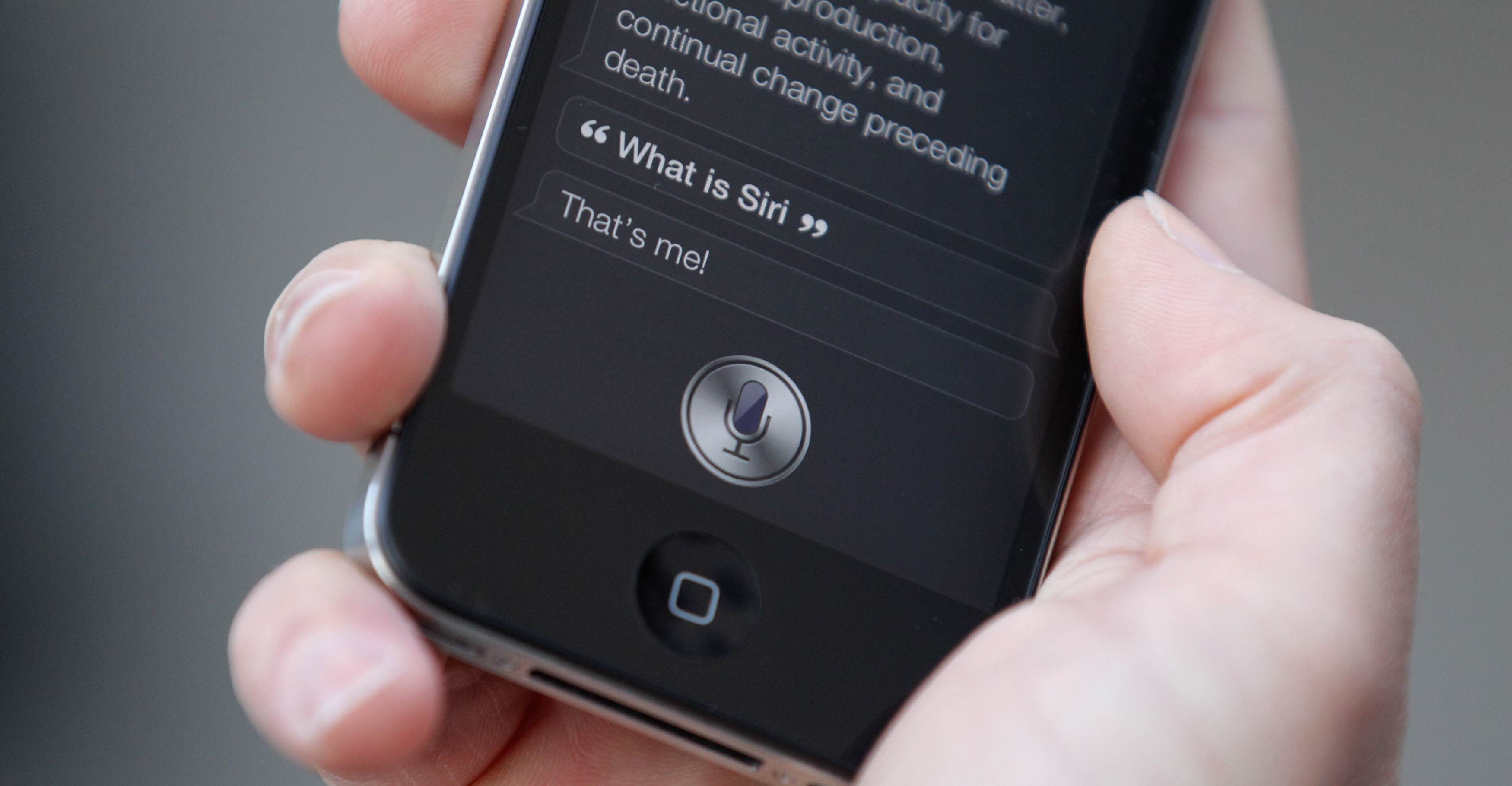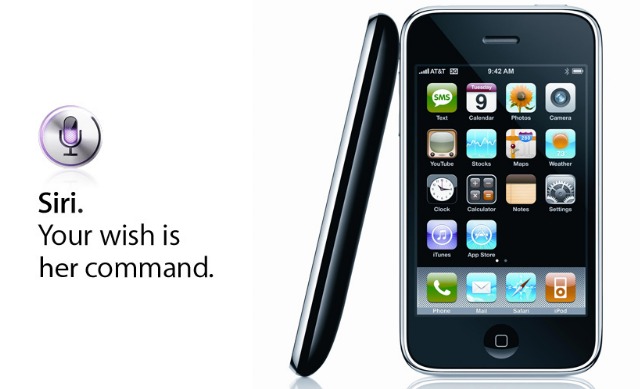Siri is an integral and self-evident part of our iOS devices these days. But there was a time when you couldn't chat with your iPhone. Everything changed on October 4, 2011, when the Apple company presented the world with the iPhone 4s, enriched with one new and rather fundamental function.
Among other things, Siri marked a groundbreaking example of the use of artificial intelligence in everyday practice and at the same time the fulfillment of Apple's long-term dream, which dates back to the eighties of the last century. Siri was also one of the last projects that Steve Jobs was heavily involved in despite his deteriorating health.
How Apple predicted the future
But what about Siri's roots dating back to the aforementioned eighties? It was at a time when Steve Jobs was no longer working at Apple. Director at the time John Sculley commissioned Star Wars director George Lucas to create a video promoting the service called "Knowledge Navigator". The plot of the video was coincidentally set in September 2011, and it shows the possible uses of the smart assistant. In a way, the clip is typically XNUMXs, and we can see, for example, a conversation between the main protagonist and an assistant on a device that can be described as a tablet with a little imagination. The virtual assistant takes the form of a sleek guy with a bow tie on the desktop of a prehistoric tablet, reminding its owner of the main points of his daily schedule.
At the time Lucas' clip was created, however, the apple assistant was not even ready for its premiere. He was not ready for it until 2003, when the US military organization The Defense Advanced Research Projects Agency (DARPA) started working on its own project of similar stamping. DARPA envisioned a smart system that would help senior members of the armed forces manage the vast amounts of data they had to deal with on a daily basis. DARPA asked SRI International to create an AI project that became the largest in history. The Army organization named the project CALO (Cognitive Assistant that Learns and Organizes).
After five years of research, SRI International came up with a startup they named Siri. At the beginning of 2010, it also entered the App Store. At that time, the independent Siri was able to order a taxi via TaxiMagic or, for example, provide the user with movie ratings from the Rotten Tomatoes website, or information about restaurants from the Yelp platform. Unlike the apple Siri, the original one did not go far for a sharper word, and did not hesitate to dig into its owner.
But the original Siri did not enjoy its independence in the App Store for too long - in April 2010, it was bought by Apple for an alleged $200 million. The Cupertino giant immediately started the work needed to make the voice assistant an integral part of its next smartphones. Under the wings of Apple, Siri has acquired several brand new abilities, such as the spoken word, the ability to obtain data from other applications and many others.
The debut of Siri in the iPhone 4s was a big event for Apple. Siri was able to answer naturally asked questions like "what's the weather like today" or "find me a good Greek restaurant in Palo Alto." In some ways, Siri surpassed similar services from competing companies, including Google, at the time. She is said to have pleased Steve Jobs himself when, to his question whether he was male or female, she answered "I have not been assigned a gender, sir".
Although today's Siri is still subject to some criticism, it cannot be denied that it has surpassed its original version in many ways. Siri gradually found its way not only to the iPad, but also to Macs and other Apple devices. It has gained integration with third-party applications, and in the latest iOS 12 update, it has also received elaborate integration with the new Shortcuts platform.
And what about you? Do you use Siri, or is the lack of Czech an obstacle for you?

Source: Cult of Mac



Not only do I use siri, but I still use it on my iPhone 4S even with iOS6 :)
So it's really wonderful nostalgia??
I would still welcome Siri in Czech :-)